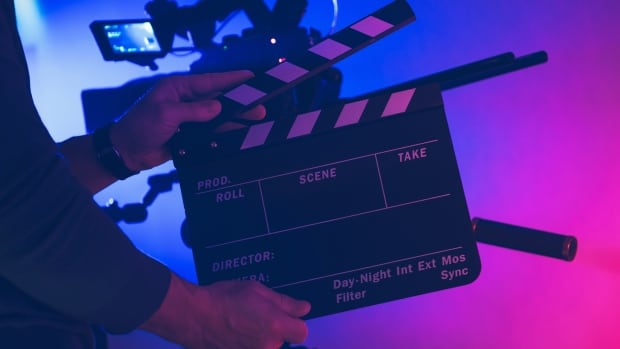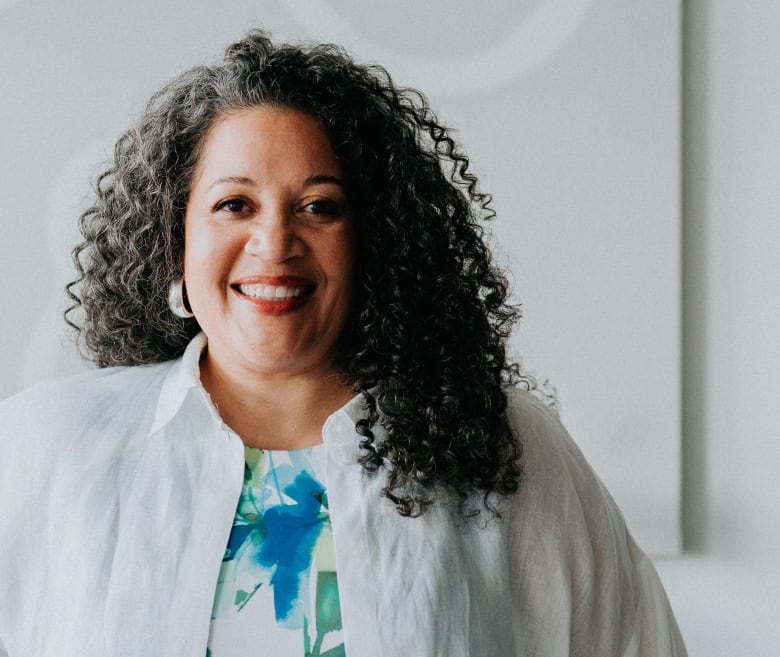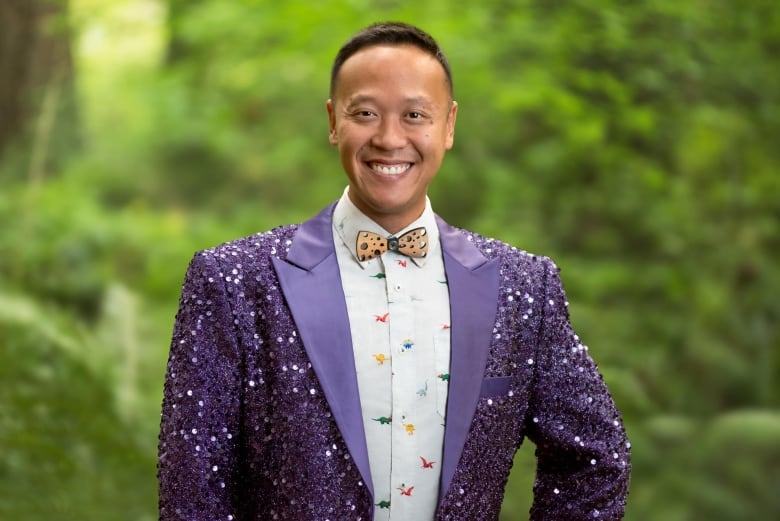
Some Hollywood North productions still uphold stereotypes such as the female lead longing for love and the Black or Asian sidekick who serves as a punchline for audience laughs, according to a recent study.
The study, a joint project by the Union of British Columbia Performers (UBCP/ACTRA) and the Geena Davis Institute on Gender in Media, breaks down how almost 7,000 characters were represented in productions shot in British Columbia between 2018 and 2021.
It concluded that some marginalized groups are still significantly underrepresented, or misrepresented, in the province’s film and television industry.
The report, which dives deep into data on gender, race, disability, body shape, age and LGBTQ identity, finds that while there have been some improvements in inclusive character creation and casting, white people are still playing two-thirds of all characters.
Natasha Tony, who provides inclusive leadership and workplace training for the film industry through her company Elevate Inclusion Strategies, says the data gives the industry a baseline to start measuring progress.
“These numbers tell a story,” she said. “For many years we have had that single story and right now, we’re starting to really understand that we’ve been missing out.”

According to the study, the most prominent stereotypes for racialized roles were criminals, Black “mama bears” and/or angry Black women, service workers and Black sidekicks.
Black and multiracial characters were sidekicks more often than they were protagonists, “reinforcing the idea that characters of colour should not be the centre of the story,” the study said.
Other data shows less than five per cent of characters were LGBTQ, less than four per cent had a disability, just over five per cent were considered overweight and less than one-fifth of all characters were over 50 years old.
“We’ve been missing or lacking in-depth storytelling that is telling the story through intersections through our overlapping identities,” Tony said.
Tony, a former extras casting director, said she is cautiously optimistic there is a cultural shift happening now compared to 20 years ago when she was hiring through an intersectional lens.
“To be able to say we’re not going to stereotype and put all of the racialized people behind bars, that we’re not going to have women only size zero to six, let’s have non-binary people … that was, at that time, groundbreaking.”
Embracing accents
But Vancouver-based actor Melita Sekgwa is more pessimistic about progress in the industry.
“There hasn’t been much impact. If anything, it feels even harder now,” she said.
She’s especially concerned about the difficulty people with accents face in getting cast. Sekgwa says even though it’s no longer explicitly stated in disclaimers that accents are not wanted for a certain role, people are still getting rejected behind the scenes.
“Even though they are a true reflection of the society that we live in, both in Canada and the United States. So very disappointing to be honest,” Sekgwa said.
Sekgwa, who is originally from Botswana, says she’s working on her accent “to be marketable and employable” but feels it’s unfair that she has to do that work.
“There should be an accommodation in the script where people are just themselves with the way they speak. Because it shows the diversity of who we are,” she said.

Yogi Omar, a queer activist who co-owned a talent agency in Vancouver for many years until 2020, says the industry needs better representation at the top levels, including network executives and directors.
“Ultimately, everyone is answering to the network or answering to the big boss,” he said. “If the changes don’t really happen from the structure of the network, changes aren’t going to happen.”